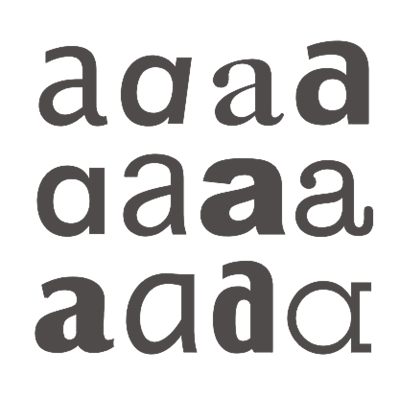No supplementary protection for a new form of an active substance
In a judgment of 21 March 2019 (C-443/17) the CJEU reiterated the need for a precise and concise interpretation of the term “protected product” under Regulation (EC) 469/2009 concerning the supplementary protection certificate for medicinal products. The CJEU stressed that this term only applies to an active ingredient of a medicinal product, and not combination with other substances that do not have an independent therapeutic effect.

Changes to trademark law from 16 March 2019
An amendment to the Industrial Property Law took effect on 16 March 2019, transposing into Polish law the Trademark Directive (2015/2436). The amendment is not revolutionary but will certainly have huge practical implications.

Abolition of the graphical presentation requirement for national trademarks
One of the changes in the amendment of the Industrial Property Law is that there will no longer be a graphical presentation requirement for trademarks. From 16 March 2019, it is possible for trademarks to be presented in any form using generally available technology, provided that they are presented in a clear, precise, independent, understandable, durable, objective, and easily accessible manner.

Licensee as claimant: A significant new entitlement
A licensee’s right to bring a legal action in proceedings for infringement of a trademark was introduced by the amendment to the Industrial Property Law. So far, in the case of national trademarks, only an exclusive licensee entered in the register could pursue claims for trademark infringement on an equal footing with the proprietor. This has changed from 16 March 2019.

Trademarks in dictionaries and encyclopaedias
Can a trademark owner require the publisher of a dictionary to indicate alongside the colloquial definition of a word that the word is a registered trademark?

Liability of intermediaries for trademark infringement
The amendment to the Industrial Property Law in force since 16 March 2019 provides that a person whose services were used in an infringement is also liable for infringement of the protected right to a trademark. A trademark owner may demand that such a person refrain from infringing the trademark, turn over unjustly obtained benefits and repair the damage (where the infringement is culpable). Thus the new regulations introduce the intermediary’s own liability for trademark infringement.

Amendments to the rules on transit of counterfeit goods
The amendment to the Industrial Property Law extended the rights of trademark proprietors. From 16 March 2019, on the basis of domestic regulations, they may prevent transit of counterfeit goods.

Combating counterfeit products – a blacklist of websites and physical marketplaces
On 7 December 2018 the European Commission released a watchlist of websites and physical marketplaces located outside of the European Union that have been identified as major sources of infringement of intellectual property rights.

More and more disputes in the gaming industry
Andrzej Sapkowski’s demands for more money for copyrights to The Witcher is the tip of the iceberg. Changes in the gaming industry, like increased production costs and the dominance of digital distribution platforms, will give rise to an increasing number of disputes, in particular over intellectual property rights. What could trigger these disputes and how can they be prevented?

Another step towards to EU copyright reform
On 12 September 2018 the European Parliament approved a proposal for a copyright directive. For the directive to become law another vote has to be held, and this will be in 2019.

Distinctive character of a trademark
To obtain protection for a trademark the owner must prove that a sign has a distinctive character, i.e. it is not merely descriptive. But it is often unclear whether this is the case.

Louboutin wins case to defend red-soled shoes as a trademark
The European Court of Justice (CJEU) has ruled that Christian Louboutin’s famous red sole does not consist solely of a shape that significantly increases the value of a product, and therefore can be registered as a trademark. This is an important victory for the fashion designer in the long-running battle concerning red-soled shoes.
